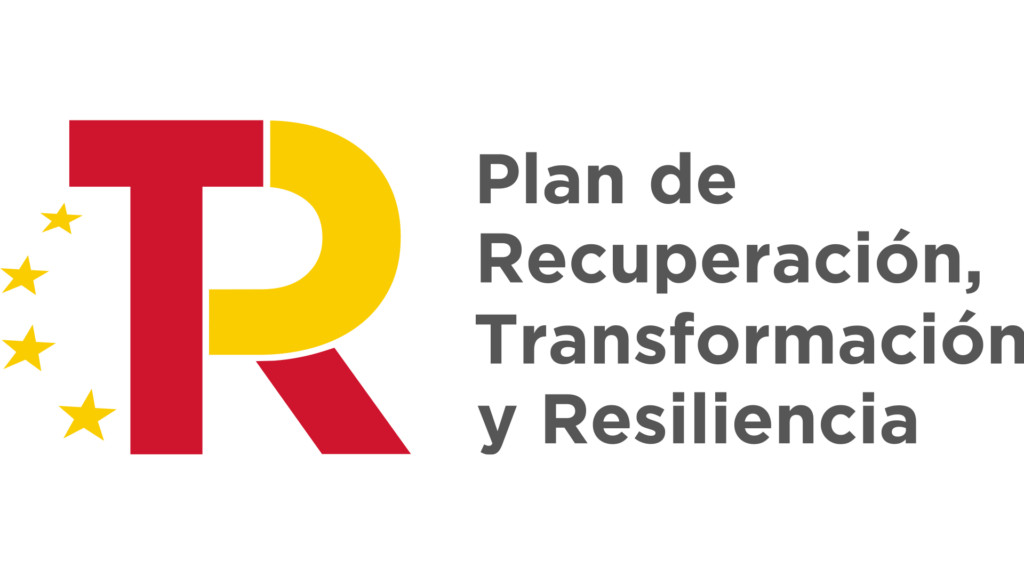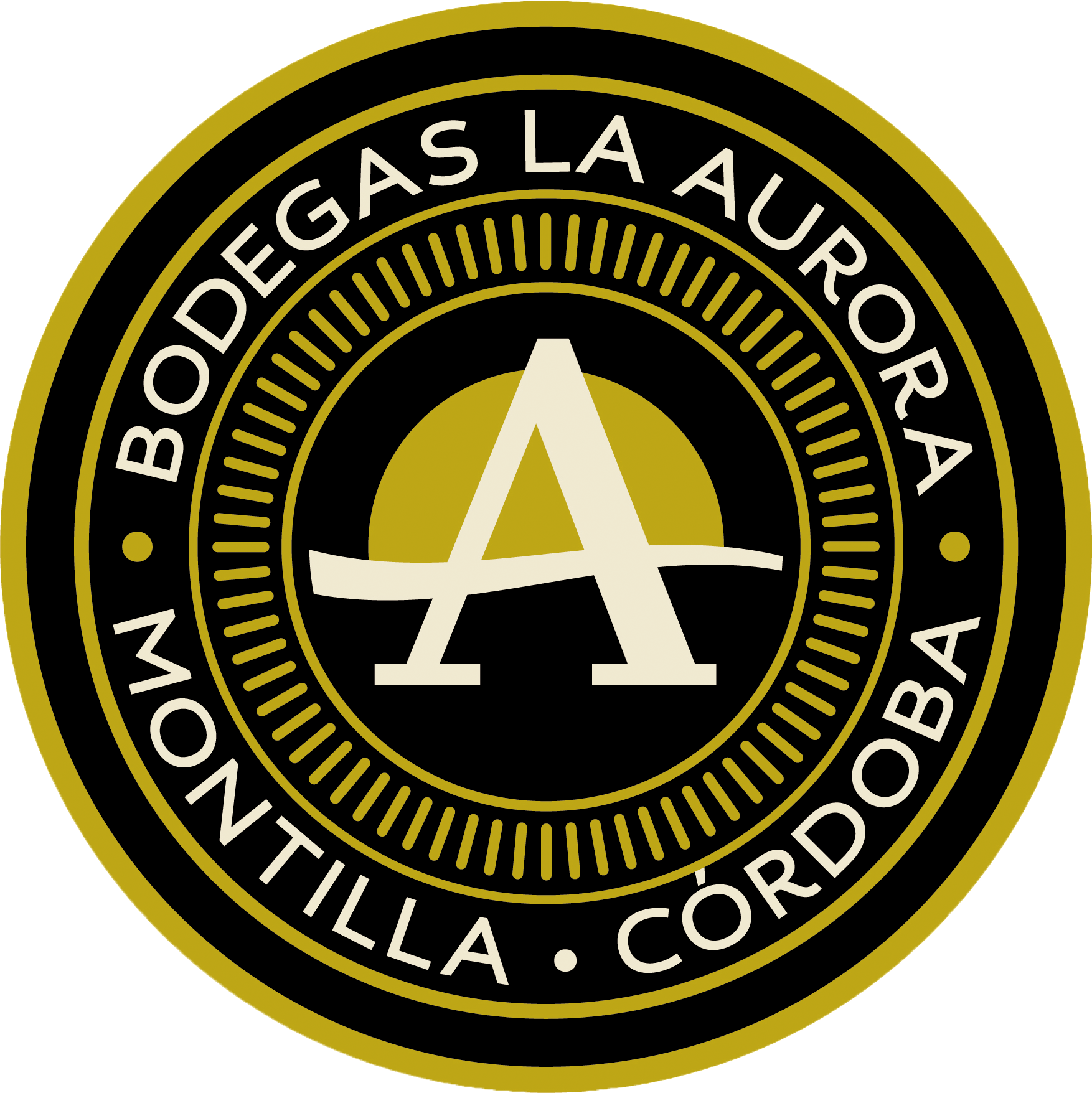What are bobby pins or bobby pins?
Hello! First of all, I want to wish you a happy new year 2016 and what better start to this year than to tell you about a curiosity about our Montilla-Moriles area: Do you know what hairpins or jorquillas are? Where are they obtained from? What are they for? How are they manufactured? I will try to explain all this to you throughout the article.
What are hairpins or hairpins?

Surely, when you pronounce the word hairpin or hairpin, the first meaning that comes to mind is that accessory that is used to hold the hair, but that is not what I am referring to today.
Hairpins or hairpins, it doesn’t matter if you use one word or the other, commonly refer to a piece of stick or currently also iron, with a minimum length of at least 1.5 meters and a thickness of approximately 5 centimeters in diameter. for those made of stick and approximately 2 centimeters in diameter for those made from iron.
Where do you get the hairpins from?

It depends on the type of material used for its manufacture.
If they are made of iron, I don’t think I have to explain much more, but if, on the other hand, they are made of wood, I can expand a little, and that is exactly what I am going to focus on throughout the article.
The forks, as you have read in the previous point, must have minimum measurements that serve the purpose sought, and because wood is a natural product, there are two ways to obtain them, you can buy them ready-made, or you can make them yourself. same.
In this area, not many years ago, the vast majority of forks that were used were made by local people using wood from the olive groves that grow in these towns.
The wooden forks that are made by hand by the people of this area are obtained from olive trees.
Olive trees are very suitable trees for obtaining forks from the branches that are cut during pruning or felling, as this work is called here.
These are obtained from the youngest branches located in the central or crooked part of the oldest olive trees, these branches are called suckers.
Being in the center of the olive tree surrounded by other branches, they usually grow upwards, achieving significant heights in a very short time, generally after three years, this type of branches must be cut.
Being very young, these olive branches have a small thickness and, as I said before, a very considerable height due to the position they occupy in the olive tree, ideal for making hairpins.
So instead of burning or crushing these sticks, they are used to make hairpins.
What are forks used for?
Forks are used to guide trees that are young or short in stature, until they are old enough or strong enough to stand on their own.
The fork’s job is to prevent the tree from tipping to one side and breaking, or from tipping over and growing crooked.
The fork is nailed right next to the trunk of the tree to tie it to the fork and make it grow as straight as possible.
In this area they are usually used to guide small olive trees and, before the trellised vineyard was established, to guide top vines.
Currently there are still many top vines, which, being in good condition, are replaced. When I talk about replenishing, I mean that young vine plants are replanted in which it is necessary to use forks.
How are forks made?

The sticks obtained from the olive tree must have minimum dimensions, so a selection of these branches is necessary.
Once they have been selected, they are peeled, leaving the surface as flat as possible to avoid subsequent snagging and scratches.
Afterwards, a sharp point is made on one side of the stick that allows it to be inserted into the ground as easily as possible.
Finish the making of the forks, burning their shell to prevent the dreaded moth from appearing.
I hope it has become clearer to you what hairpins or jorquillas are in this area of Montilla-Moriles and if you have any questions or suggestions, do not hesitate to ask them through the comments field that you will find a little further down. Greetings and good start to the year!
By Rafael Espejo.
Bodegas La Aurora S.C.A.
Avda. de Europa, 7 Montilla Córdoba 14550
Tél: 957 650 362
Tél: 957 654 642
Email: administracion@bodegaslaaurora.com
Information





